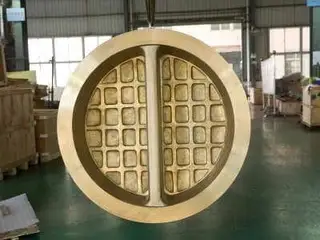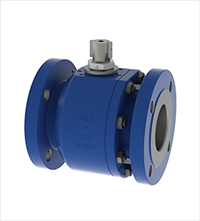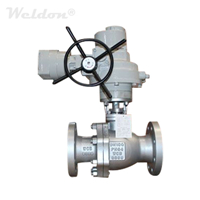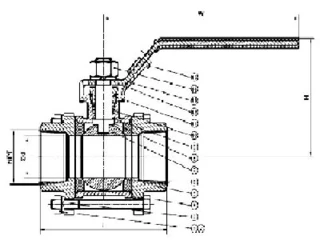The application of 3D printing in the shipbuilding industry (part eight)
Other applications
In addition to some of the above applications, 3D printing has many other applications in the shipbuilding. For example, Tru-Marine, a Singapore Company, uses 3D printing to quickly repair and manufacture turbocharger components, and Rotterdam will build a 3D printing center to quickly repair ships arrived at the port and to manufacture small boat models with water-jet propulsion (all parts except electronic equipment and batteries). In addition, in order to boost people's confidence in 3D printing and remove doubts about the quality of 3D printing products, Lloyd's Register of Shipping released the standards of global certification for 3D printing on January 7, 2016.
Summary
It can be seen from these cases that the advantages of 3D printing technology, like high precision, high degree of freedom, material saving, convenient molding, economy and environmental protection, are pretty attractive to the shipbuilding industry, and have made influence on shipping design, construction, operation, maintenance and other stages. As far as the current 3D printing technology is concerned, its application in the marine field mainly includes the following aspects:
• Handyman - 3D printing of small items on board and crew personal items, such as oil caps, drain plugs and other small items, tableware, cups and other daily supplies, even insoles, buttons, entertainment props, etc. It can reduce the stocks of related items on the ship, improve the working conditions for the crew and enhance their enthusiasm for work.
• Repairman – using 3D printing to replace defective parts in the equipment or repair damaged parts directly, on board and ashore. The ability to reduce maintenance cycles, reduce maintenance costs, and be more environmentally friendly is especially important in areas where supply chain costs are particularly high.
• Design Assistants - the high-precision and convenient molding advantages of 3D printing can provide faster, more accurate, and lower-cost ship models, which facilitate verification and improvement of the design, and improve design level and efficiency. In addition, because 3D printing can produce very complex structures, some design ideas that could not be realized in the past may also be able to come out again.
• The producer of the drone - the United States and the British Navies have been exploring the application of 3D printed drones, and have gotten certain results. The 3D printed drone is easy to assemble and can be customized according to different tasks, which not only saves space on board, but also makes it more flexible. And because the cost of 3D printed drone is low, it is acceptable for drone to be a consumable. The same concept is applied in the unmanned boats and unmanned submersibles.
Although 3D printing technology is still immature, that is, material limitations, high cost of purchase (metal printing), inability to produce in batch, and doubts about product quality have limited this technology to a small range of applications, there is no denying that the current 3D printing technology is only in its infancy, and has a promising potential to be explored. Problems such as materials, cost, and printing speed can be absolutely solved with the development of technology. Maersk says that it is too early to predict the overall and long-term impact of 3D printing technology. Many factors are still unknown, such as cost, the most practical factor: whether the cost of using 3D printing has advantages over that of traditional mass production or not. In the future, the application of 3D printing in ship-related fields may become more and more extensive with the advancement of technology, but this is certainly not achieved in a short period of time. In short, there is a long way of the development of 3D printing to go.
Send your message to this supplier
Related Articles from the Supplier
Related Articles from China Manufacturers
Exploring the Versatility of Slab Gate Valves
- Dec 12, 2023
What Is the Cracking Pressure of Check Valves?
- May 19, 2023
The Sealing Principles of the Valve (Part Two)
- Jan 23, 2021
Related Products Mentioned in the Article
EKS(Xiamen)Precision Industry Co., Ltd
- Address: 中国福建省厦门市集美区灌口镇深青工业园后山头29号
- Phone: 86-0592-6360601
- Business Type: Industry & Trading, Manufacturer,
Supplier Website
Source: http://www.junyingmetal.com/the-application-of-3d-printing-in-the-shipbuilding-industry-part-eight.html










